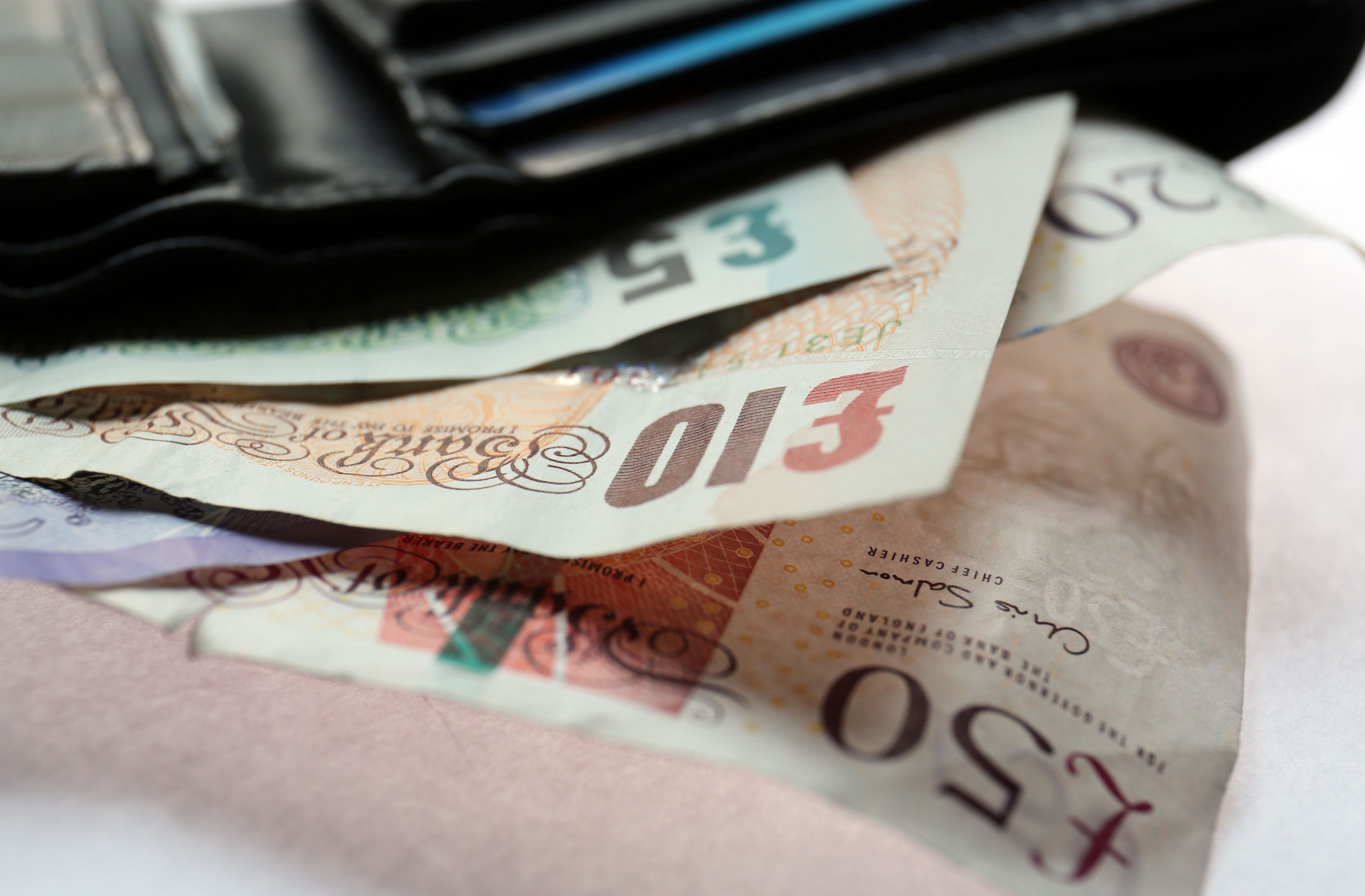
FAMILIES in the UK are getting healthier, with spending on alcohol and tobacco falling by a third over the last decade.
The Family Spending Survey, released by the Office for National Statistics, showed that households spent an average of £11.40 a week on the substances in 2015/2016 – down from £19.50 in 2001/2002.
This is a decline of 42%.
The ONS said the falling numbers of smokers was likely to have caused the decrease.
In 2015/16 consumers spent on average £4 a week on wine, compared to £2.80 on cigarettes.
In total, the £11.40 spent on the substances represented a sharp decrease from the £12.10 spent in 2014/2015.
This is despite average family spending being the same in 2015/2016 as the previous year – £528.90 a week.
The data showed increases in spending in other areas – notably on eating out.
In 2015/2016, UK households spent on average more than £45.00 a week on restaurants and hotels for the first time in five years, according to the survey.
Going to restaurants and cafes cost families around £17.30 a week, with takeaways costing an additional £4.70.
The detailed figures showed an average weekly spend of 10p on ice cream, 30p on confectionery and 80p on soft drinks.
However, these spending figures varied depending on a family’s income.
The richest 10% of families spent £107.10 a week on restaurants and hotels – more than double the £44.50 the poorest 10% of families spent on housing, fuel and power.
Cultural activities also seemed to be the preserve of the wealthiest – the poorest families spent 30p a week on cinema, theatre and museum trips, compared with £5.30 a week for the richest.
Dr Wanda Wyporska, executive director of The Equality Trust, said: “There’s a gargantuan gap in spending between the richest and poorest households because there is such huge inequality in our society. We often hear the poor criticised for being wasteful; that’s a hard argument to make when the richest are spending more on their pets than the poorest are on clothing their families.
“Many people are working, budgeting and making difficult choices about which necessities to go without. We know millions more are in danger of falling into debt and poverty.
“It’s about time the Government addressed the urgent need to reduce inequality and poverty, and support those who are clearly in dire need.”

Enjoy the convenience of having The Sunday Post delivered as a digital ePaper straight to your smartphone, tablet or computer.
Subscribe for only £5.49 a month and enjoy all the benefits of the printed paper as a digital replica.
Subscribe